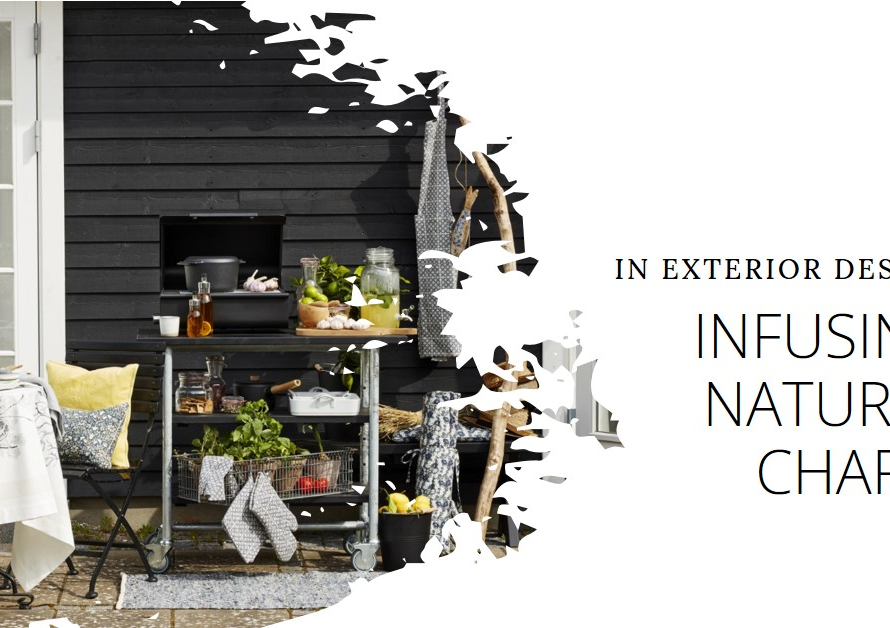
Table of Contents
- Introduction
- 1. High-End Showrooms: The Pinnacle of Luxury
- 2. Trade Shows and Expos: A Hub of Inspiration
- 3. Online Marketplaces: Convenience at Your Fingertips
- 4. Local Artisans: Unique and Personalized Creations
- 5. Wholesale Suppliers: Cost-Effective Bulk Purchases
- 6. Salvage Yards and Antique Shops: Treasures with a History
- 7. Manufacturer Direct: Cutting Out the Middleman
- 8. Specialty Stores: Focusing on Niche Markets
- 9. Sustainability-Focused Suppliers: Eco-Friendly Choices
- Conclusion: The Art of Sourcing
Introduction
Interior design is an intricate blend of art and functionality, where every material plays a crucial role in creating harmonious and appealing spaces. The choices interior designers make are pivotal to the success of their projects. But where do these creative professionals source their materials? This blog explores the diverse avenues that interior designers traverse to procure the best resources for their projects.
1. High-End Showrooms: The Pinnacle of Luxury
High-end showrooms offer a treasure trove of exquisite materials. These venues are often the first stop for designers working on luxury projects. Showrooms provide access to premium fabrics, bespoke furniture, and unique accessories that can’t be found elsewhere.
In showrooms, designers can touch and feel materials, gaining a better understanding of their quality and texture. This tactile experience is invaluable, ensuring that the chosen materials will not only look good but also feel right in the designed space.
2. Trade Shows and Expos: A Hub of Inspiration
Trade shows and expos are vital for designers to stay abreast of the latest trends and innovations in the industry. Events like the Salone del Mobile in Milan or Maison & Objet in Paris attract designers from around the world, showcasing cutting-edge materials and design concepts.
These events are not just about seeing new products; they offer opportunities to network with manufacturers and suppliers. Building these relationships can lead to exclusive deals and early access to new products, giving designers a competitive edge.
3. Online Marketplaces: Convenience at Your Fingertips
The digital age has revolutionized how interior designers shop for materials. Online marketplaces such as Wayfair, Houzz, and Etsy provide a vast array of options from the comfort of one’s office. These platforms offer everything from furniture to unique decor items, often at competitive prices.
While online shopping lacks the tactile experience, detailed descriptions and customer reviews help designers make informed decisions. Additionally, many online platforms offer swatch and sample services, bridging the gap between physical and virtual shopping experiences.
4. Local Artisans: Unique and Personalized Creations
Local artisans bring a touch of uniqueness to interior design projects. These craftsmen offer bespoke pieces that add character and individuality to any space. Designers often collaborate with local artisans to create custom furniture, artwork, and decor items tailored to their specific project needs.
Engaging with local artisans not only supports the community but also ensures that the materials used are unique and often of higher quality. This personal touch can elevate a project, making it truly one-of-a-kind.
5. Wholesale Suppliers: Cost-Effective Bulk Purchases
For large-scale projects, buying in bulk from wholesale suppliers is both practical and economical. Wholesale suppliers provide a wide range of materials, from flooring and tiles to fabrics and fixtures, at reduced prices. This cost-effective approach is particularly beneficial for commercial projects where budget constraints are a consideration.
Wholesale suppliers also often offer customizable options, allowing designers to order specific quantities and variations that fit their project requirements. This flexibility ensures that designers can maintain their creative vision without compromising on quality or budget.


6. Salvage Yards and Antique Shops: Treasures with a History
Salvage yards and antique shops are treasure troves for interior designers seeking materials with a history. These places offer reclaimed wood, vintage hardware, and antique furniture that can add a unique character to modern spaces. Each piece comes with its own story, adding depth and personality to the design.
Designers often repurpose items from salvage yards, giving old materials new life in contemporary settings. This sustainable approach not only conserves resources but also adds a distinctive charm to the projects.
7. Manufacturer Direct: Cutting Out the Middleman
Sourcing materials directly from manufacturers can result in significant cost savings and greater customization options. Designers who establish relationships with manufacturers can often negotiate better prices and gain access to exclusive products.
Direct sourcing allows designers to understand the production process and the materials’ quality, ensuring they meet the project’s standards. This direct communication can also lead to custom orders that perfectly match the designer’s specifications.
8. Specialty Stores: Focusing on Niche Markets
Specialty stores cater to specific design needs, offering materials that are not commonly found in mainstream outlets. These stores provide high-quality, niche products such as rare textiles, exotic wood, or unique lighting fixtures that can set a project apart.
Designers frequent specialty stores to find those perfect pieces that can become focal points in their designs. The expert knowledge of the staff in these stores also helps designers make informed choices about the best materials for their specific needs.
9. Sustainability-Focused Suppliers: Eco-Friendly Choices
With the growing emphasis on sustainability, many designers are turning to suppliers that focus on eco-friendly materials. These suppliers offer products that are not only beautiful but also environmentally responsible. From recycled materials to sustainably sourced wood, these options help designers create spaces that are both stylish and green.
Sustainable sourcing is increasingly important as clients become more environmentally conscious. By choosing eco-friendly materials, designers can reduce the environmental impact of their projects while still delivering high-quality, aesthetically pleasing results.
Conclusion: The Art of Sourcing
In the world of interior design, sourcing materials is as much an art as it is a science. Designers must navigate a myriad of options, balancing aesthetics, quality, and budget to bring their visions to life. From high-end showrooms to local artisans, each sourcing avenue offers unique benefits that contribute to the overall success of a project.
By leveraging a diverse range of suppliers, designers can create spaces that are not only beautiful but also functional and reflective of their clients’ unique tastes. The ability to source the right materials is a testament to a designer’s expertise and creativity, ultimately setting them apart in a competitive industry.



